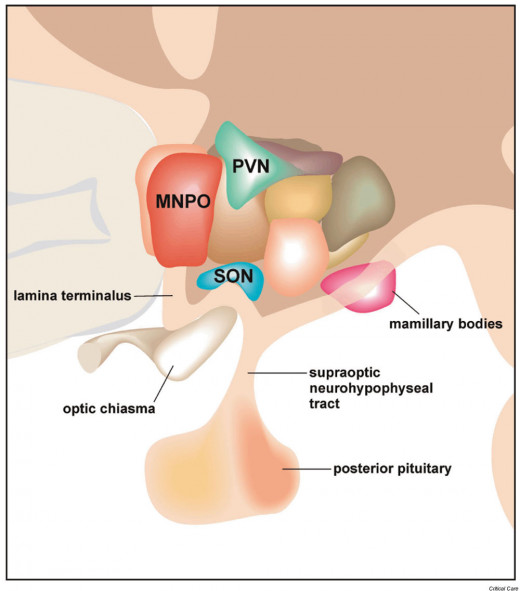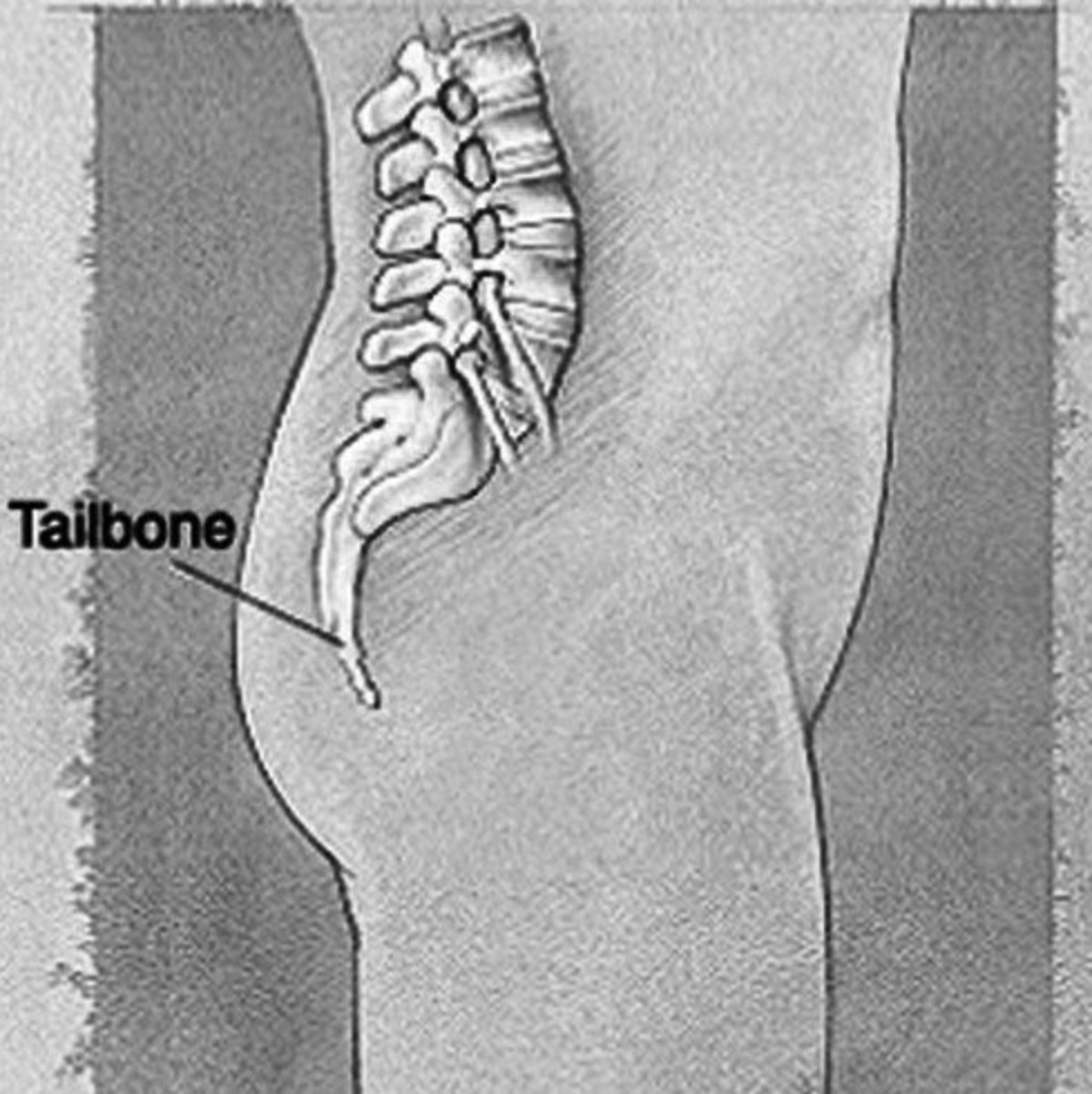Hypothalamic Disorders: Vasopressin Excess Or Syndrome Of Inappropriate ADH Secretion
Functionality Of The Hypothalamus

A General Overview
Hypothalamic disorders result from destruction of the neurons which secrete the hormones or from alterations in the afferent impulses from the higher neural centers into the hypothalamus.
Reduction of hypothalamic neurons may either be due to lack of development as in Kallmann’s syndrome or destruction by disease processes such as encephalitis, meningitis, tumours or ischemia. Hypothalamic disturbance may lead to deficiency of the releasing hormones and consequent hypothyroidism, hypogonadism, hypoadrenocroticism and dwarfism. In general, hypothalamic lesions produce only partial failure of the target glands unlike lesions of the pituitary. Hypothalamus exerts a tonic inhibitory control on prolactin secretion, hypothalamic lesions result in uncontrolled production of prolactin. This may lead to galactorrhea, amenorrhea and hypogonadism.
Hypothalamic function is regulated by feed-back impulses from the target glands and also by impulses from higher neural centers. Other stimuli arising from the osmoreceptors and glucoreceptors situated in hypothalamus and alteration in the physical and chemical characteristics of blood influence hypothalamic activity. Functions such as temperature regulation, eating, satiety and thirst are controlled by regulatory centers situated in the hypothalamus. Important disorders of the hypothalamus are psychogenic amenorrhea, anorexia children. Impairment of inhibitory dwarfism in nervosa and deprivation input from other areas of the brain may lead to precocious puberty and syndrome of inappropriate secretion of ADH.
Depression Is A Symptom Of Syndrome Of ADH Excess Secretion

Vasopressin Excess (Syndrome of Inappropriate ADH Secretion
Normally, secretion of ADH depends upon plasma osmolality and blood volume. When this homeostasis fails or ectopic sources secrete ADH, the syndrome of inappropriate ADH secretion results. This syndrome is not rare in clinical practice.
Causes: The following are the main causes of this condition
- Tumours: Oat cell carcinoma lung, carcinoid, leukemia, lymphoma and thymoma.
- Drugs: Vasopressin, chloropropamide, carbamazepine, clofibrate, vincristine, cyclophosphamide, thiazides and nicotine.
- Pulmonary diseases: Pneumonia, pleural effusion and tuberculosis.
- Neurological disorders: Meningitis, encephalitis, tumours and Guillain-Barre syndrome.
- Endocrine and metabolic diseases: Myxedema, Addison’s disease and acute intermittent porphyria.
Clinical features: The symptomatology is vague and it is likely to be missed unless the condition is strongly suspected. There is dilutional hyponatremia. When the level of serum sodium falls to 120-130 mmol/liter, somnolence, anorexia, confusion and depression may be observed. When the sodium level falls below 120 mmol/liter, coma, convulsion and focal neurological deficits may develop. Severe hyponatremia (serum sodium below 110 mmol/liters) is usually fatal, if undetected.
Treatment: The syndrome of inappropriate secretion of ADH is only a manifestation of other serious underlying disease and therefore the whole problem should receive total attention. Mild hyponatremia responds to fluid restriction and the daily fluid intake should be limited to 0.5 to 1 liter, depending on the previous day’s urine output. Administration of demethyl chlortetracycline which produces nephrogenic diabetes insipidus is effective in some cases. In severe cases presenting with infusion of hypertonic saline (3-5%) is indicated.
© 2014 Funom Theophilus Makama








